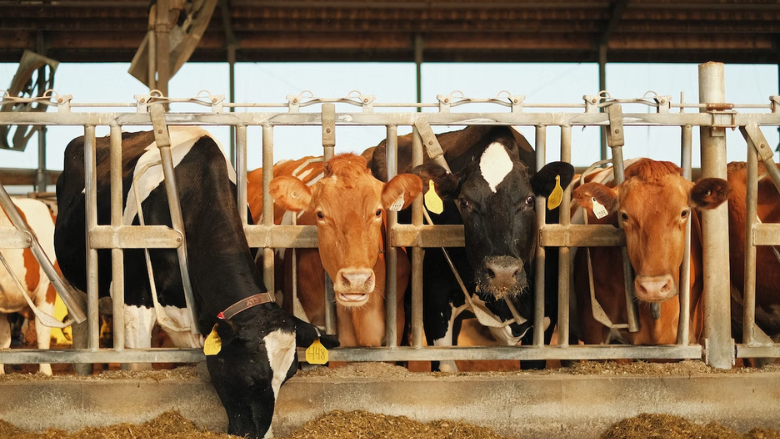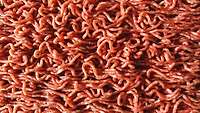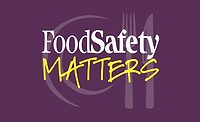Key Preharvest Pathogen Interventions for Beef: Herd Health, Management, and Biosecurity

Image credit: Austin Santaniello via Unsplash
A recent review of control methods for pathogens in beef has identified three key interventions—high herd health status, good management, and biosecurity.
The purpose of the review was to update the recent knowledge on preharvest interventions to control important foodborne pathogens in beef and to assess their effectiveness. The review included findings from 28 controlled trials in beef or dairy cattle for selected pathogens: Campylobacter, Clostridium botulinum, Clostridium perfringens, extended spectrum-lactamase AmpC gene-carrying bacteria (ESBL/AmpC), Salmonella, and Shiga toxin-producing Escherichia coli (STEC).
Most recent research on preharvest interventions to control foodborne pathogens in bovines was mostly focused on Salmonella and STEC. Although specific management strategies to control STEC are missing from the review, vaccination seemed to prevent severe outcomes of disease whereas cleaning, disinfection, management, and biosecurity were effective in preventing the spread of this pathogen.
While some foodborne pathogens appear to be best or more easily controlled at post-harvest, the review found that preharvest interventions have a more sustainable effect by avoiding recycling of pathogens including ESBL/AmpC-positive bacteria through the environment. The most tested and effective interventions were found to be vaccination, cleaning, disinfection, and biosecurity; however, the correct implementation of such measures is crucial for their efficacy. While vaccination can be implemented to prevent severe outcomes of disease and reduce shedding; cleaning, disinfecting, and biosecurity can prevent the introduction or the spread of pathogens. Additionally, feed treatments and additives had mixed results, but seemed effective for Salmonella.
Overall, the studies for Salmonella and STEC showed high herd health status alongside good management and biosecurity were effective to control or prevent most foodborne pathogens in cattle at preharvest. Despite not having been included in the review, the principle of starting with breeding animals free from pathogens at the top of the health and breeding pyramid, as well as heat-treatment of feed, has been reported as a feasible and effective intervention to control foodborne pathogens like Salmonella.
Looking for a reprint of this article?
From high-res PDFs to custom plaques, order your copy today!








